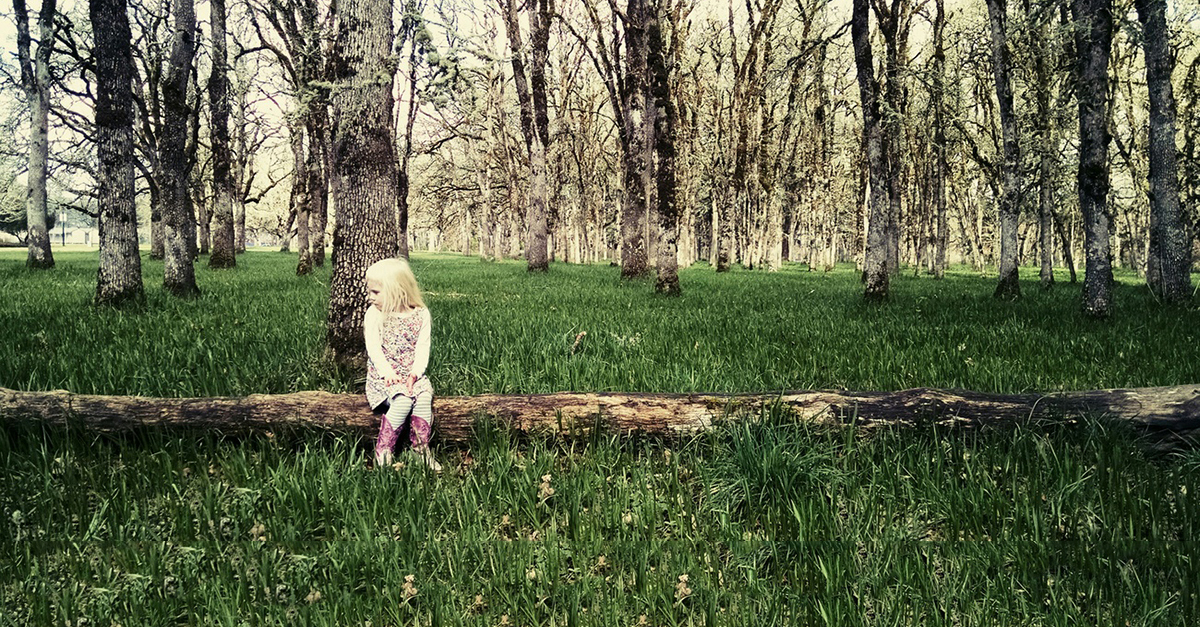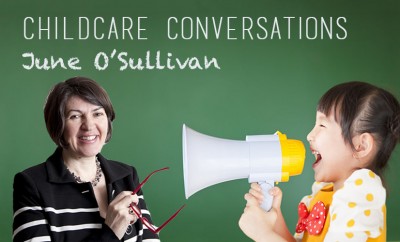
Developmental Disabilities
Understanding How Children With Autism See The World
Ahyla and her daughter both have Autism – here she describes how someone with the condition sees the world differently and how support and guidance can make all the difference:
Foundations of Support
Do you want to know what autism is like? Do you know a young child with autism? Or even an adult? Do you see them struggle and have no idea how to help? Do you fall asleep wishing you could just understand? Wishing you could see through their eyes?
Knowing how we see the world is the foundation of the support you can provide, it’ll help you understand our triggers and what we need to feel safe.
Foremost, the world is a scary place for people with autism. But you already knew that. The way a child with autism child pulls away from physical contact. How they avoid eye contact unless they’ve been taught to look at you. How you love them more than anything, but their reaction to you, all too often, is fear. How the very basis of our society, the heart and soul of human connection, seems like the one thing causing them the most pain.
We want to connect with others, we just don’t know how.
It’s heartbreaking to see an autistic child fight the world every single day. But your support, no matter how distant they feel, is the only thing they need to grow stronger than either of you ever imagined possible.
I’m writing this from the perspective of an autistic adult and as a parent of an autistic child. Though I only found out about my diagnosis recently, I live with it and have been a sister to someone with autism for my entire life. A sister whose battles I cried myself to sleep at night, wishing I could understand.
The world starts off scary for us all, but with your help, those of us with autism can learn to see its incredible beauty and our own unlimited potential.
Understanding Mental Processing and Autism
Everyone’s mind is like a computer; different operating systems and different programs, creating unique strengths and challenges.
For an autistic mind, our program for social interaction doesn’t come with a standard upgrade like everyone else’s. It doesn’t just work as we gain experience, we need someone with an upgrade to create a manual just for us and teach us how to read it.
We have the program and we want to connect with others, we just don’t know how.
Without this upgrade, every time we start, it takes too long to load the commands. All the movements, actions, sounds and images; every little thing that happens between people, it all races across the screen as a jumbled mess of foreign code. A secret language that everyone else seems to understand.
Our social programming takes all our system’s energy just to try to decode, which means other programs freeze up; emotions, thoughts and how much our senses take in.
Our system still receives everything from the world around us, but the programs to make sense of it all don’t have enough power to run. With social interaction taking up the processing, everything else lags behind. The system overheats, and we shut down to save ourselves, which is what we call a meltdown.
Too much information and not enough energy to make sense of our world.

Recovering from Social Interaction
Just as we turn off a computer, our autistic minds need regular rest. A safe place, activity, interest or item that we can turn to for solitude. Something that changes slowly or doesn’t change at all, and a loved one we can trust to protect us when we’re turned off to the world.
For me, an autistic adult caring for three preschoolers on my own, every day, the time I spend with my partner needs to be scheduled. We’ve agreed on certain nights a week for date nights together, and other nights I spend alone on my creative writing.
It’s the carer’s job to show the child that when they feel like falling apart, there’s someone there to protect them.
I need to know if plans change a day before, or sooner. Otherwise having to process social interaction with preschoolers while working out how the change affects my plans, becomes too much. I get stressed and frustrated by tiny things, wasting extra energy on a routine day and ending up too exhausted to rest that night.
That’s as an adult, with years of self-awareness and emotional control.
As a child, it’s the carer’s job to organise routines, schedules, safe places and cherished objects. It’s their responsibility to keep everything in line, to show the child that when they feel like falling apart, there’s someone there to protect them.
Whether you’re an educator, nursery carer, close friend or family member, you need to work hard to show the child, every day, there are parts of their life that’ll always stay the same; things they don’t ever have to process.
You need to work hard to protect their safe places, so when they want to interact and connect socially with others, they’ll have enough energy and they’ll feel safe too.
Read more about How to Teach Children with Autism here.







You must be logged in to post a comment Login